As we know, the UK economy remains volatile with inflation ‘stubbornly high’, which suggests a further potential rise in base rates. This means developers and investors will most likely be questioning the viability of proposed schemes as financing costs rise. Consequently, many sectors have already witnessed a fall in development activity, with logistics, for example, seeing a 66 per cent drop in speculative announcements when comparing 2023 with the same period last year.
Contractors are, therefore, starting to cut their cloth accordingly. This has seen increasing price competition at the tender stage and some projects even complete under budget, albeit these are projects at the higher value end where greater margin is available.
General sentiment, as observed in Savills latest SPECS report, suggests that we are now seeing stabilisation in some markets both in terms of project costs and timescales. With development activity expected to remain constrained, on the whole it is probable that we will see more balance return as the year progresses.
However, this trend is not universal and we are seeing this vary from sector to sector. For instance, the regional office market, which is experiencing rising build costs and a lack of quality supply, means there will be some tough decisions ahead.
In this market, while we expect to see less development occur, there is still pressure to deliver new or refurbished space that either meets or exceeds ESG requirements. At present, 80 per cent of the office stock in the UK currently has an EPC of C or below. So, bearing in mind that all EPCs will need to be Grade B by 2030 this creates a pressing issue when considering new development and refurbishment of existing stock.
It is also important to consider core variables around supply and demand. On the supply side the availability of prime office stock remains low, with five of the big six UK regional markets (Birmingham, Bristol, Edinburgh, Glasgow, Leeds and Manchester) having less than one year’s supply. This is also within the context of a constrained development pipeline. Based on Savills research, we are expecting deliveries to fall below the long term average of 1.3 million sq ft in both 2024 and 2025.
Although we are starting to see a stabilisation, build costs and project timescales for regional offices are still rising as contractors remain at tendering capacity. What’s more, increases in the price of materials and labour is testing the viability of new projects, while also requiring the reassessment of older ones.
With economic conditions continuing to have an impact, especially on investment yields and land values, we are starting to observe a conflict in decision making which pitch cost, sustainability, time and quality against each other. Ultimately, the longer market uncertainty prevails it is likely that corporate ESG pledges will start to be tested.
However, all things being equal, it remains unlikely that development starts will cause an upward pressure on vacancy rates, which in turn will mean prime rents continue to rise. This should assist with project viability in many cases.

.jpg)


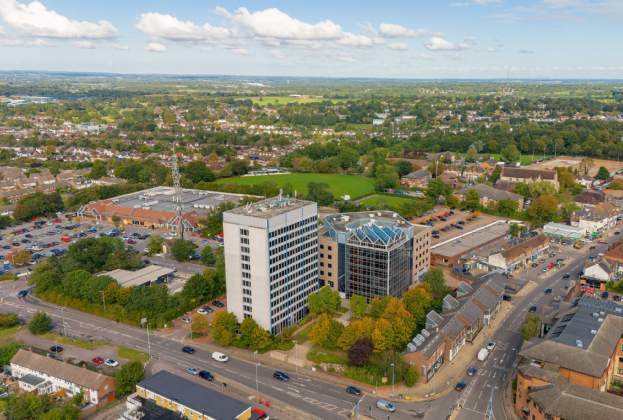
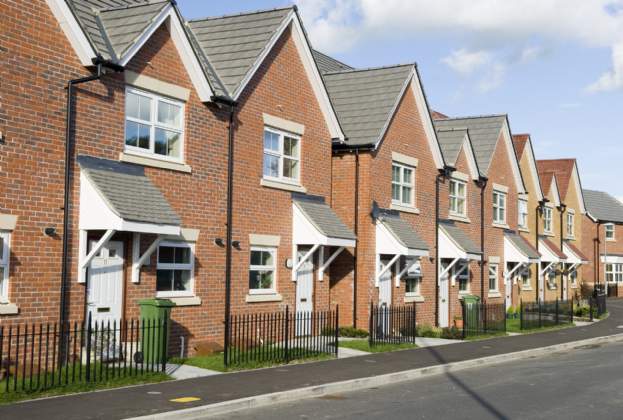
.jpg)
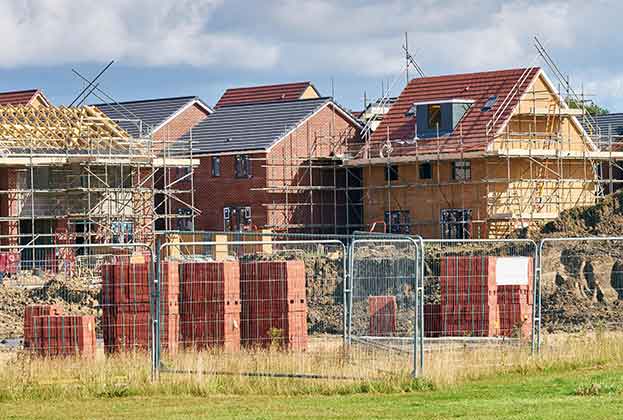
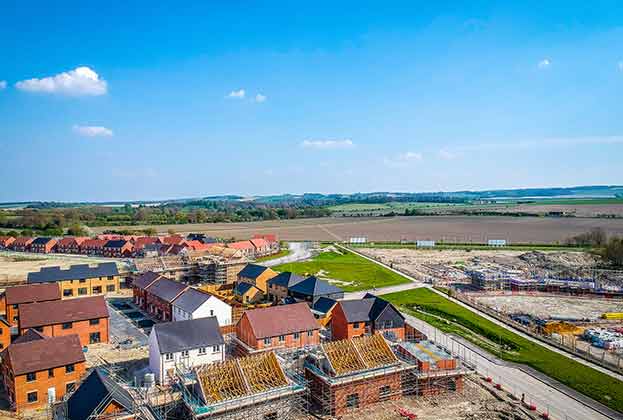
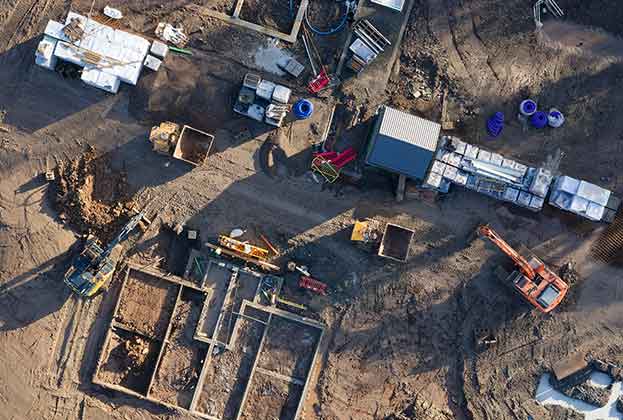
.jpg)